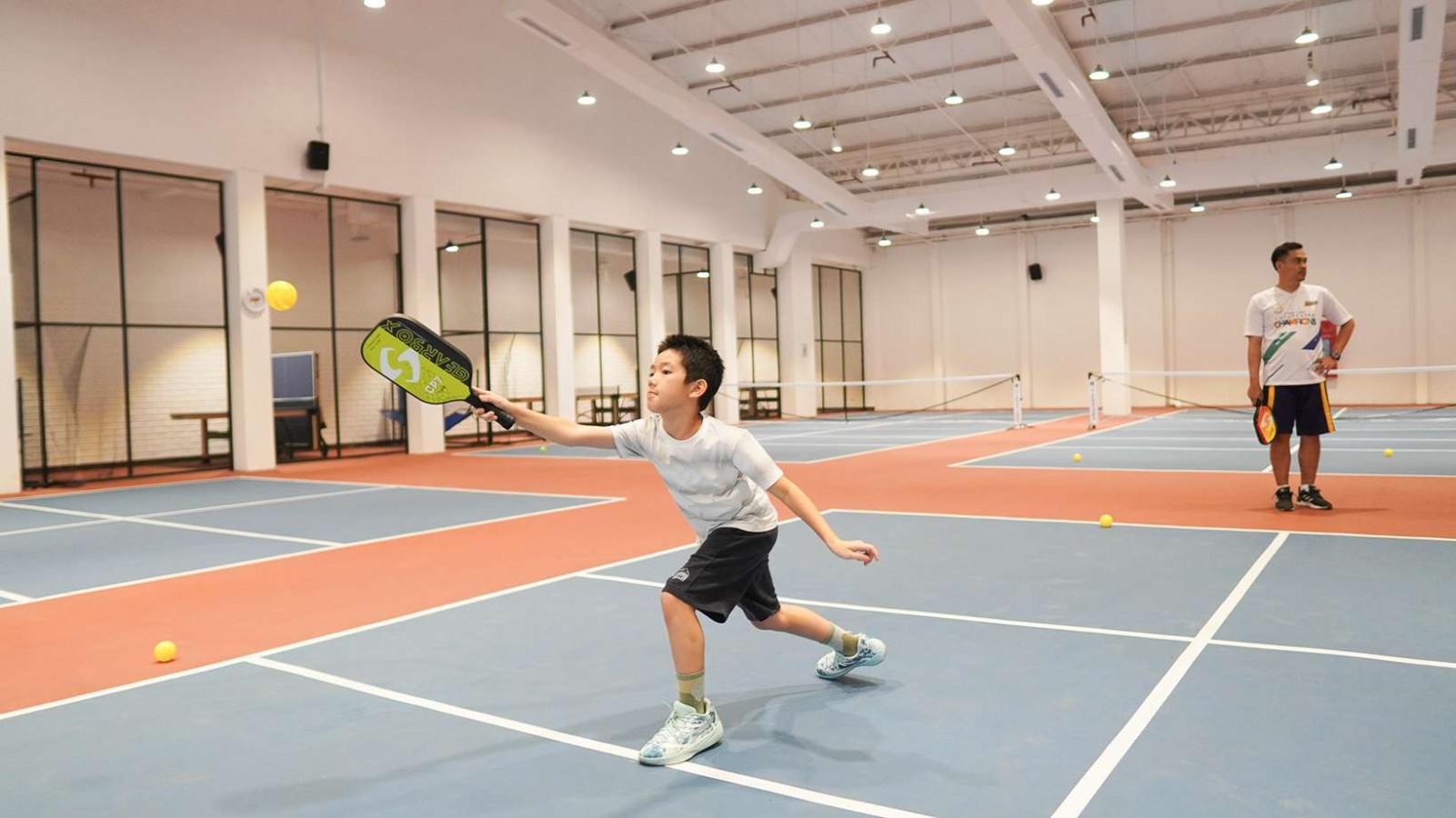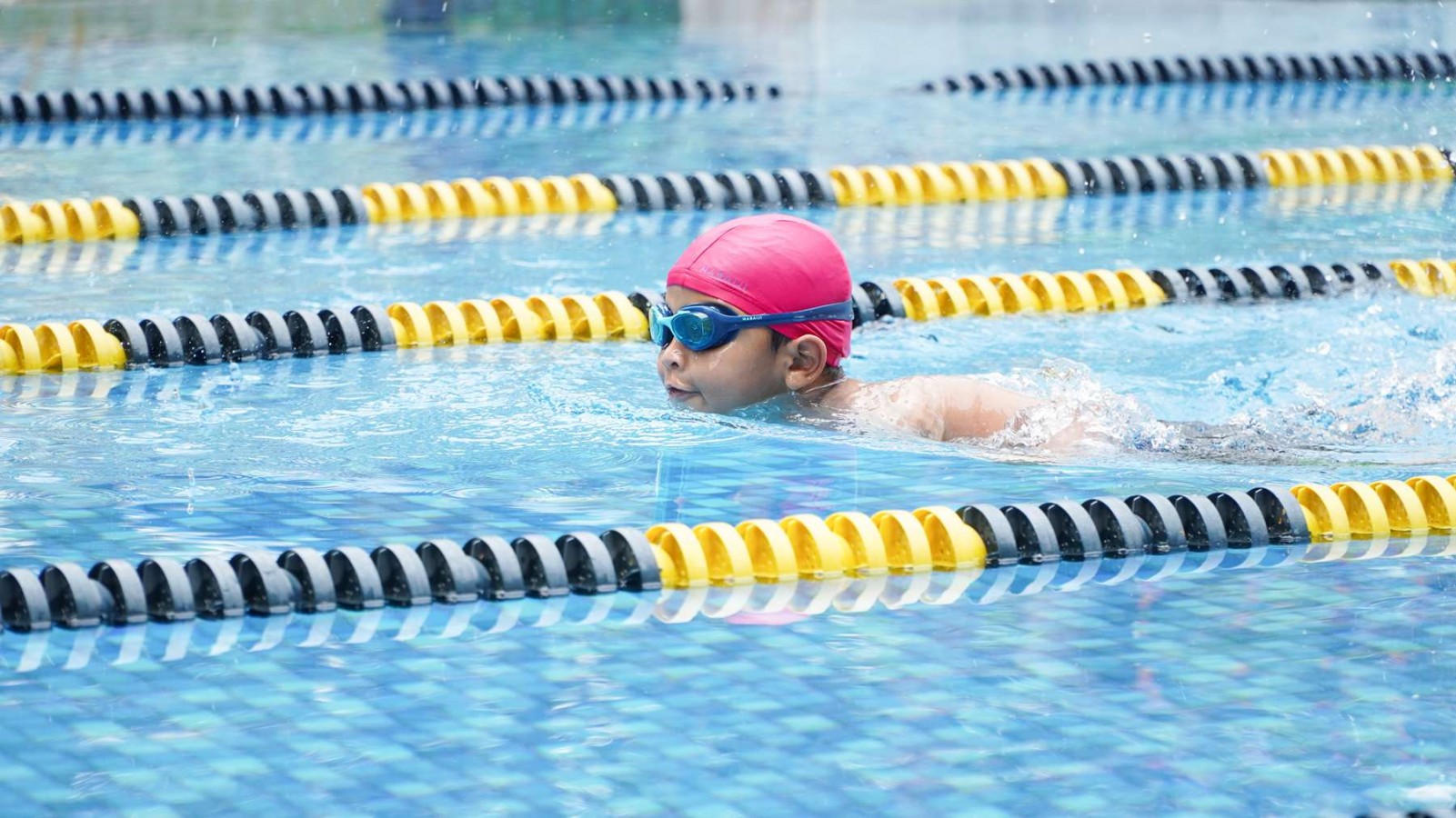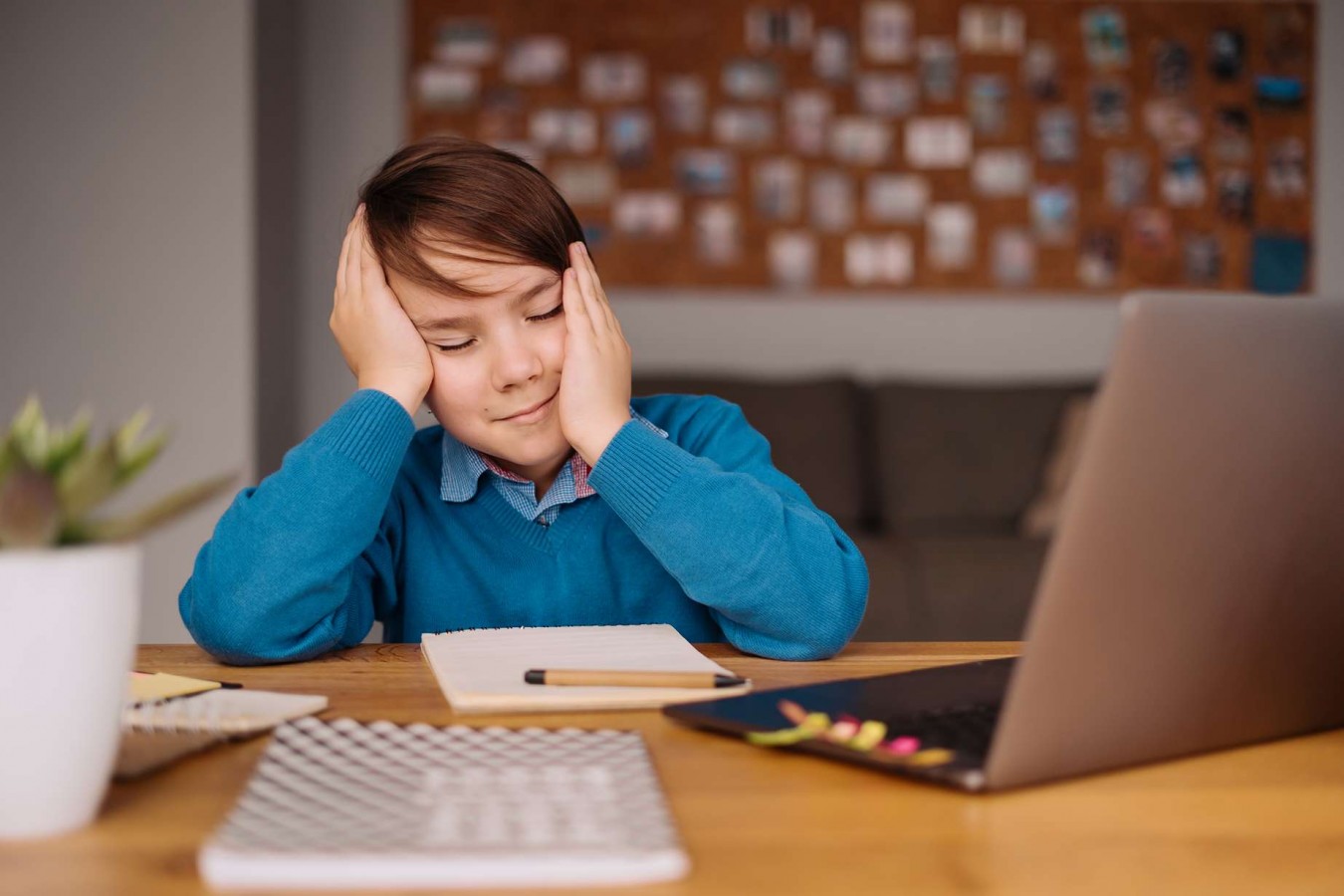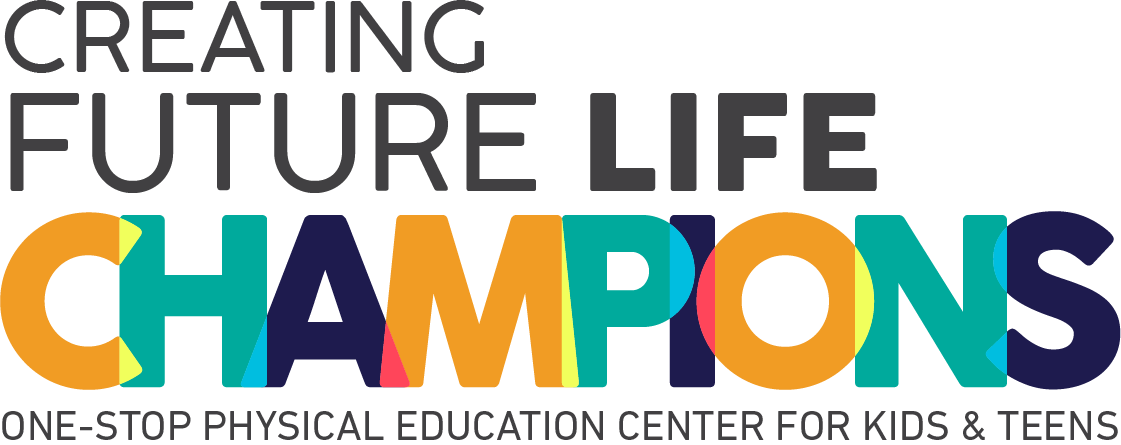Practical Tips to Boost Pickleball Hand-Eye Coordination

Pickleball it’s enjoyed by people of all ages and skill levels, offering both fun and fitness. One of the key skills required for success in pickleball is hand-eye coordination.
Improving your hand-eye coordination can make a huge difference in your performance on the court. In this article, we'll explore practical tips to boost your hand-eye coordination for pickleball and how to reduce the risk of eye injuries while playing. Let’s check it out!
What is Hand-Eye Coordination in Pickleball?
Hand-eye coordination refers to the ability to use your visual input to guide your hand movements. In pickleball, this means being able to track the ball as it moves toward you, judge its speed and trajectory, and then position your paddle to hit it accurately.
The fast, unpredictable nature of the pickleball game requires players to be highly attuned to the ball’s movements. Improving hand-eye coordination can help you respond faster, make more accurate shots, and ultimately become a more skilled player.
Why Hand-Eye Coordination Matters in Pickleball
Pickleball is a fast-paced sport where the ball is smaller and lighter than in other racquet sports, leading to quick rallies and rapid net exchanges known as "dinking."
Strong hand-eye coordination is crucial, as it helps players track the ball efficiently, react quickly to opponents’ moves, place shots more accurately, and maintain proper timing for volleys, dinks, and drives.
On the other hand, poor hand-eye coordination can result in missed shots, slower reactions, and even accidental injuries, such as being hit by the ball or paddle. Fortunately, like any skill, hand-eye coordination can be improved with regular practice.
Practical Tips to Improve Pickleball Hand-Eye Coordination
You don't have to worry if you don't have good hand-eye coordination. Since this can be improved with some pickleball drills, or you can follow these tips:
1. Warm Up Your Eyes and Hands Before Playing
Before you start your pickleball session, take a few minutes to "wake up" your visual and motor systems:
- Ball Toss: Toss a pickleball up and catch it with one hand, then the other. Start slow, then speed up.
- Wall Bounces: Stand a few feet from a wall and bounce a ball against it, catching it after one bounce. Try different speeds and angles.
These activities help prime your brain, eyes, and hands to work together, making you sharper right from the start.
2. Try Basic Vision Drills
Training your visual skills can make a big difference in your pickleball game. Here are a few easy drills:
- Focus Switching: Hold a ball in one hand close to your face and another ball farther away. Switch your focus back and forth between the near and far ball as quickly as you can.
- Tracking Drills: Follow a moving ball or object with your eyes (not your head) for 30–60 seconds. You can have a partner gently toss or roll a ball side to side.
Working on visual tracking and focus flexibility helps improve your ability to read the ball’s speed and spin, a major advantage on the pickleball court!
3. Practice Paddle and Ball Control
One of the best ways to boost hand-eye coordination specifically for pickleball is practicing paddle control. Try to bounce the ball up and down on your paddle without letting it fall. Challenge yourself to see how many bounces you can get in a row.
You can also dribble the ball on the ground using your paddle, like a mini basketball dribble. Remember to keep your head up instead of looking down the whole time.
4. Add Multitasking Challenges
Want a fun twist? Add a second task while you do ball-handling drills:
- Call Out Colors or Numbers: Have a partner hold up random colored cards or call out numbers while you bounce the ball. Respond quickly while keeping the ball under control.
- Move While Dribbling: Walk in different directions while bouncing the ball on your paddle.
Multitasking trains your brain’s ability to process multiple inputs at once, which is critical during fast rallies.
5. Play Mini-Games
Short, fun games are a great way to build coordination and sharpen your reflexes without it feeling like hard work. One simple activity is the Reaction Game, where a partner tosses balls toward you at random, and your goal is to quickly catch or deflect them.
This helps improve your hand-eye coordination and reaction speed—both of which are essential for pickleball.
Another enjoyable drill is setting up a mini Obstacle Course. Use cones or markers to create a path, then practice dribbling the ball through them using your paddle. This not only enhances your control and precision but also mimics the quick movements needed during a real game.
Incorporating these playful challenges into your training keeps it exciting and dynamic, while still developing the essential skills needed to thrive in pickleball.
Reducing The Risk of Eye Injuries in Pickleball
Hand-eye coordination isn’t just about playing better, but it’s about staying safe, too. Pickleball injuries are on the rise, and eye injuries are becoming more common, according to experts like Dr. Wylie, a vision therapy specialist.
The ball can travel at speeds over 40 mph, and close net play increases the risk of being struck in the face. Here’s how to protect yourself:
1. Wear Protective Eyewear
Protective glasses or sports goggles can shield your eyes from accidental hits. Look for glasses designed for racquet sports. They’re lightweight, don’t fog up easily, and are built to withstand impact.
Even if you already wear prescription glasses, you can get sports goggles with your prescription built in.
2. Train Your Peripheral Vision
Peripheral vision lets you see things coming from the side, like a ball flying toward you unexpectedly. To improve it:
- Practice drills where you track objects at the edges of your vision.
- Play games where you react to cues from your "off" side.
Better peripheral awareness helps you dodge dangerous hits before they happen.
3. Improve Reaction Time
The faster your reaction time, the better you can protect yourself. Quick reaction drills, like bouncing balls, footwork drills, and visual tracking games, sharpen your ability to respond instantly.
4. Communicate With Your Partner
In doubles, always call "mine" or "yours" to avoid confusion. Many collisions happen because players don’t communicate clearly.
How’s Your Hand-Eye Coordination?
If you want to improve hand eye coordination, our Sport & Performing Arts Academy offers a dynamic environment where you can build strong hand-eye coordination through expert-led classes and structured training.
Our pickleball class is designed for all levels, helping students master essential techniques like volleys, dinks, and drives while improving speed, accuracy, and reaction time.
With supportive coaches, top facilities, and a focus on all-around athletic development, you’ll grow more confident and competitive on the court.
Best of all, you can try it out with a free trial class with no commitment, just a chance to experience the Rockstar difference. Join us and become the athlete you’re meant to be!
FAQ
Can I improve my hand-eye coordination even if I’m not athletic?
Absolutely! Hand-eye coordination is a skill anyone can develop, regardless of natural athletic ability. Start with simple drills and practice consistently — you’ll see improvement over time.
How often should I practice these drills?
Aim for 5–10 minutes a day, a few times a week. You don’t have to spend hours — short, regular practice is more effective than doing a long session once in a while.
Is vision training just for professional players?
Not at all! Vision training benefits players of all levels. Whether you’re a beginner or an advanced player, stronger visual skills can help you react faster, move more confidently, and reduce mistakes.



